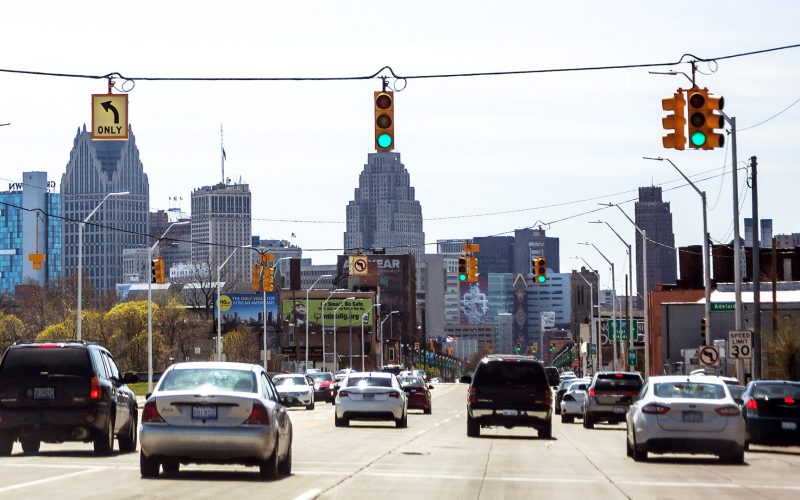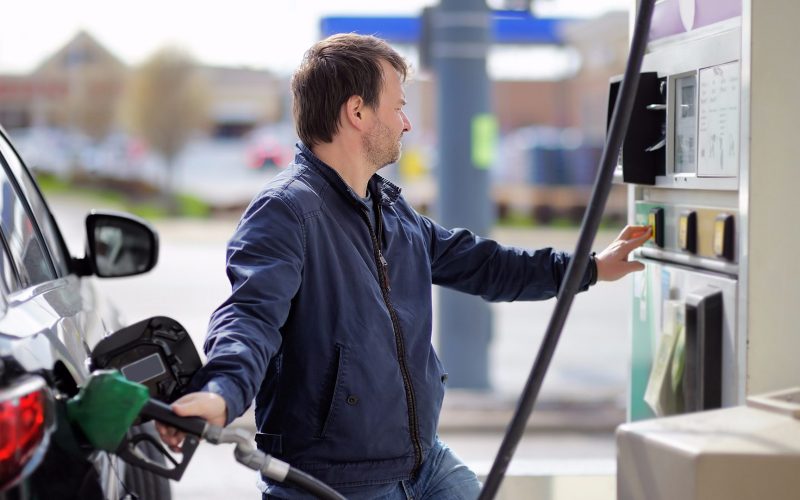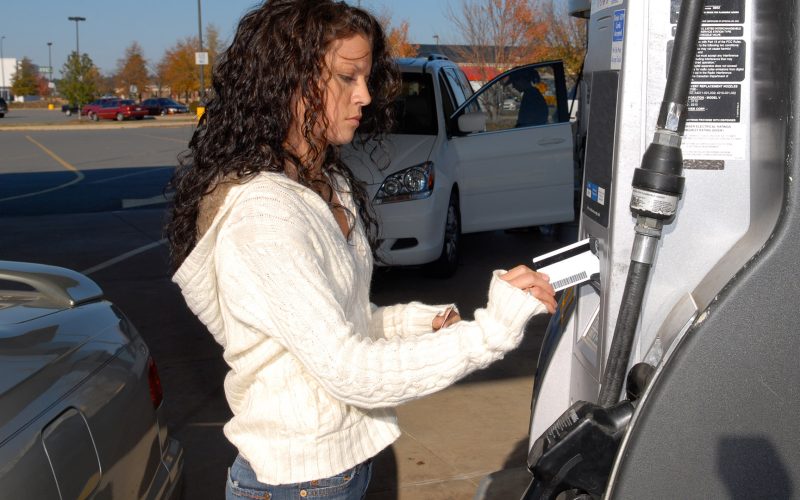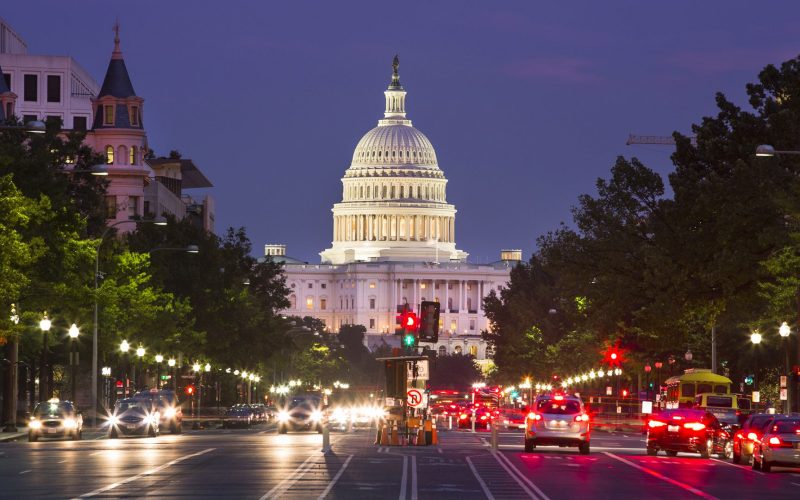THE VOICE FOR THE ENERGY CONSUMER

Trenton, NJ – Banning natural gas service and use could cost Newark households more than $28,000 each, a Consumer Energy Alliance (CEA) analysis found. “The Hidden Costs of a New.

CEA President David Holt examines how the lack of a coherent energy policy is negatively impacting American families and businesses and what we must do to ensure affordable prices and.

CEA’s David Holt joined Nevada Newsmakers to discuss America’s fundamentally broken energy policy. Listen here – Nevada Newsmakers
.
Consumer Energy Alliance called out the grandstanding by Michigan Governor Gretchen Whitmer for attempting to prevent a disruption in the affordable energy Michiganders deserve from a refinery closure while simultaneously.

CEA’s recent report on the consequences of shutting down Line 5, which would lead to increasing fuel costs on Michigan families and businesses by more than 10%, was discussed in.

With Michigan Governor Gretchen Whitmer attempting to shut down Line 5 and increase costs on Michigan consumers for almost four years, CEA Midwest Executive Director Chris Ventura called out the.

COLUMBUS, OH – Today, Consumer Energy Alliance (CEA), the leading energy and environmental advocate for families and businesses, in response to Governor Whitmer’s Executive Order following the electrical fire at.

Court Deems Attempt to Move Case to State Court ‘Forum Manipulation’ DETROIT, Michigan – Consumer Energy Alliance (CEA), the leading energy and environmental advocate for families and businesses, issued the.

With inflation reaching 40-year highs driven by increasing energy costs, CEA Midwest Executive Director Chris Ventura looks at how we can lower energy costs for families with commonsense energy policies..

“The passage of the Inflation Reduction Act is a step forward for long-overdue compromise in U.S. energy policy and security. For too long, U.S. energy policy has been treated as.